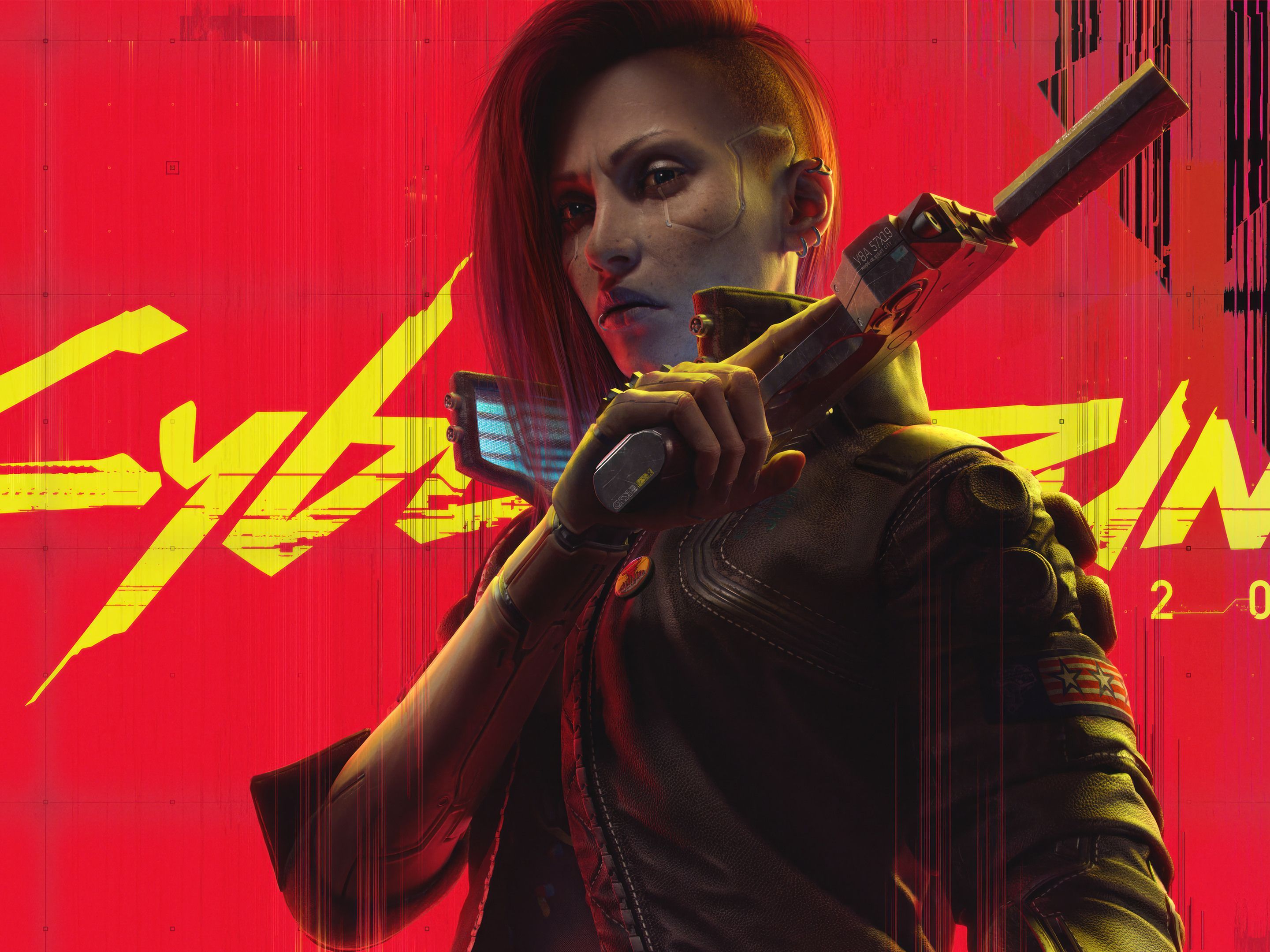Mortal Kombat 11 Score: Gore and Story Mode
Introduction
Since its debut in 1992, Mortal Kombat has been synonymous with brutal combat, over-the-top fatalities, and a deep, evolving lore. Mortal Kombat 11 (MK11), developed by NetherRealm Studios and released in 2019, continues this legacy with refined mechanics, stunning visuals, and a narrative that pushes the franchise forward. Two of its most defining aspects are its unapologetic gore and its cinematic Story Mode. This article explores how MK11 balances visceral violence with a compelling narrative, making it one of the best entries in the series.
The Art of Gore: A Bloody Spectacle
Gore has always been a cornerstone of Mortal Kombat, and MK11 takes it to new heights. The game’s Fatalities, Brutalities, and Fatal Blows are more detailed and gruesome than ever, thanks to advancements in motion capture and graphical fidelity.
Fatalities: The Ultimate Finishers
Fatalities remain the franchise’s signature feature, and MK11 delivers some of the most creative and grotesque ones yet. From Scorpion’s "Toasty!" fatality, where he burns his opponent’s face off before splitting them in half, to Sub-Zero’s spine-ripping "Spinal Rip," each finisher is a spectacle of blood and dismemberment. The animations are smoother, the physics more realistic, and the gore more exaggerated—yet somehow more satisfying.
Brutalities and Fatal Blows
Brutalities offer quicker, more spontaneous finishers, often triggered mid-combo. These moves, while less elaborate than Fatalities, still pack a punch—literally. Fatal Blows, on the other hand, are cinematic super moves activated when a player’s health drops below 30%. These attacks are brutal, slow-motion sequences that showcase every bone break, blood spurt, and organ rupture in excruciating detail.
The Impact of Gore on Gameplay
While some critics argue that MK11’s violence is excessive, it serves a purpose beyond shock value. The gore reinforces the game’s dark, no-holds-barred tone, making victories feel more rewarding and defeats more humiliating. It’s a visceral feedback loop that keeps players engaged, whether they’re performing a Fatality or suffering one.

Story Mode: A Cinematic Masterpiece
MK11’s Story Mode is one of the most ambitious in fighting game history. Unlike many fighters that treat narrative as an afterthought, Mortal Kombat 11 weaves an intricate, time-bending tale that ties up loose ends from previous games while setting the stage for future installments.
The Plot: Time Travel and Consequences
The story picks up where Mortal Kombat X left off, with Raiden’s corruption and the rise of Kronika, the Titan of Time. Kronika seeks to rewrite history by merging past and present timelines, leading to clashes between younger and older versions of characters like Liu Kang, Johnny Cage, and Sonya Blade.
The narrative explores themes of fate, legacy, and redemption. Characters must confront their past mistakes, with some (like Scorpion) finding peace and others (like Raiden) facing harsh consequences for their actions. The time-travel element allows for nostalgic callbacks while keeping the plot fresh.
Character Development and Voice Acting
MK11’s writing shines in its character interactions. The dialogue is sharp, often humorous, and surprisingly emotional. Johnny Cage remains the comedic relief but gets moments of genuine depth, while Kitana’s arc as the new ruler of Outworld is compelling. The voice acting is top-notch, with Richard Epcar (Raiden) and Steve Blum (Sub-Zero) delivering standout performances.
Cinematic Presentation
The Story Mode plays like an interactive movie, with high-quality cutscenes seamlessly transitioning into fights. The choreography is dynamic, and the cinematography rivals that of a Hollywood blockbuster. Each chapter focuses on a different character, ensuring variety and keeping the pacing tight.
Balancing Gore and Narrative
What makes MK11 unique is how it balances its hyper-violent gameplay with a surprisingly deep story. The gore isn’t just for shock value—it reinforces the stakes. When a character dies in Story Mode, their death is often brutal and permanent, adding weight to the narrative.
At the same time, the game doesn’t take itself too seriously. Moments of levity (like Johnny Cage’s one-liners) prevent the tone from becoming overly grim. This balance ensures that while the violence is extreme, it never overshadows the emotional core of the story.
Conclusion
Mortal Kombat 11 succeeds by embracing what makes the franchise great: relentless gore and a gripping narrative. The Fatalities and Brutalities satisfy the bloodlust of longtime fans, while the Story Mode delivers a cinematic experience rarely seen in fighting games. By refining both aspects, NetherRealm Studios has crafted a game that honors Mortal Kombat’s legacy while pushing it into the future. Whether you’re here for the spine-ripping action or the time-twisting drama, MK11 delivers on all fronts.














